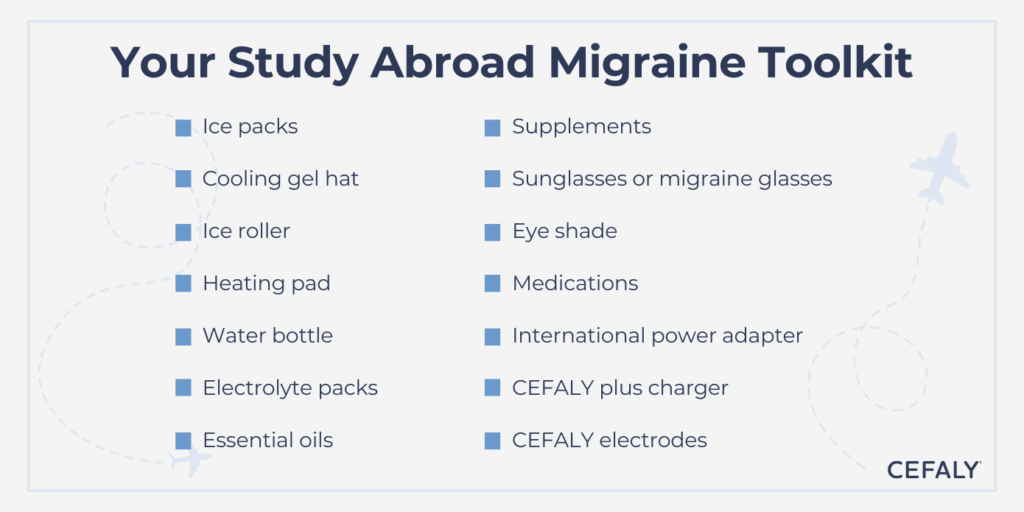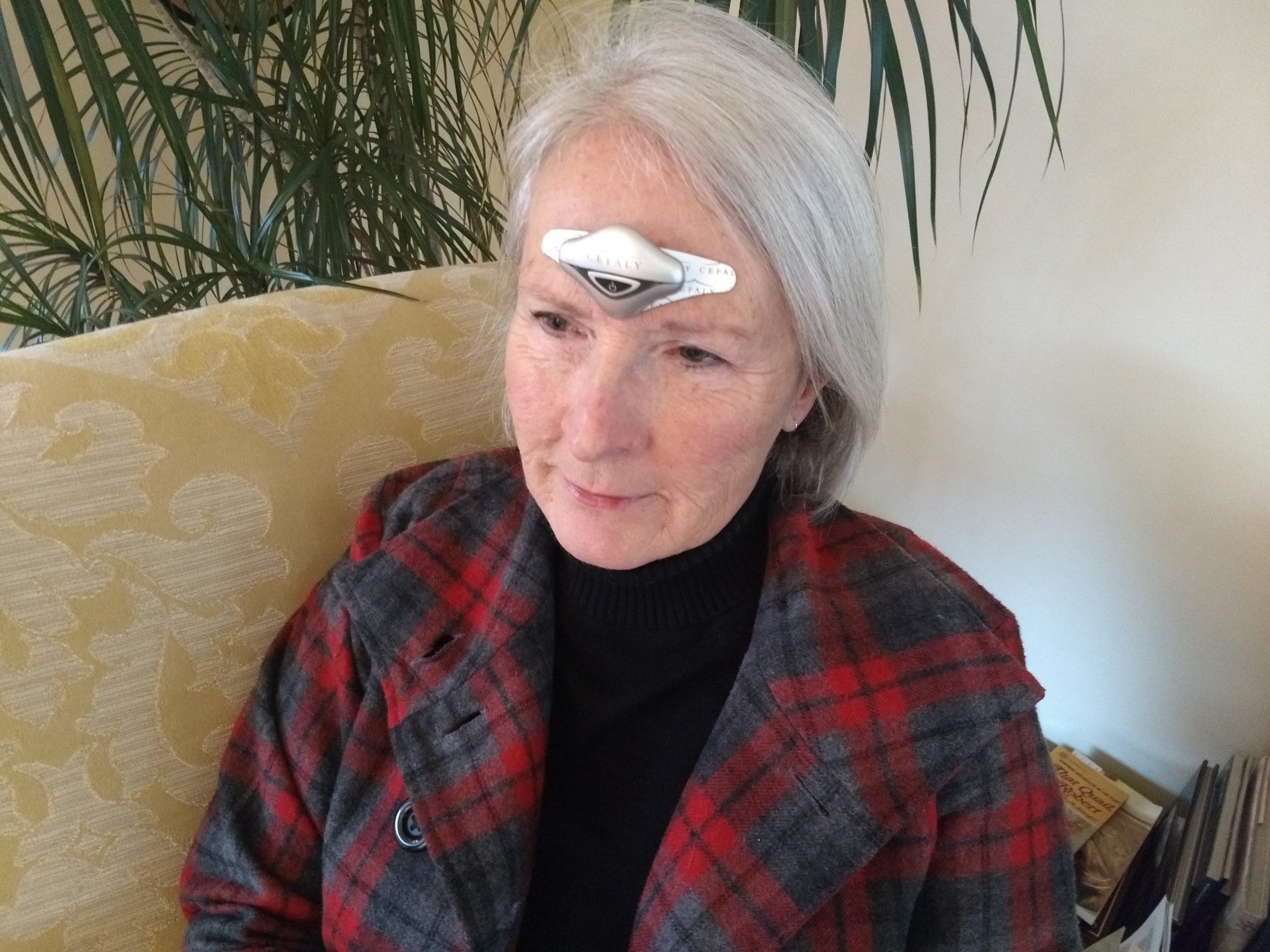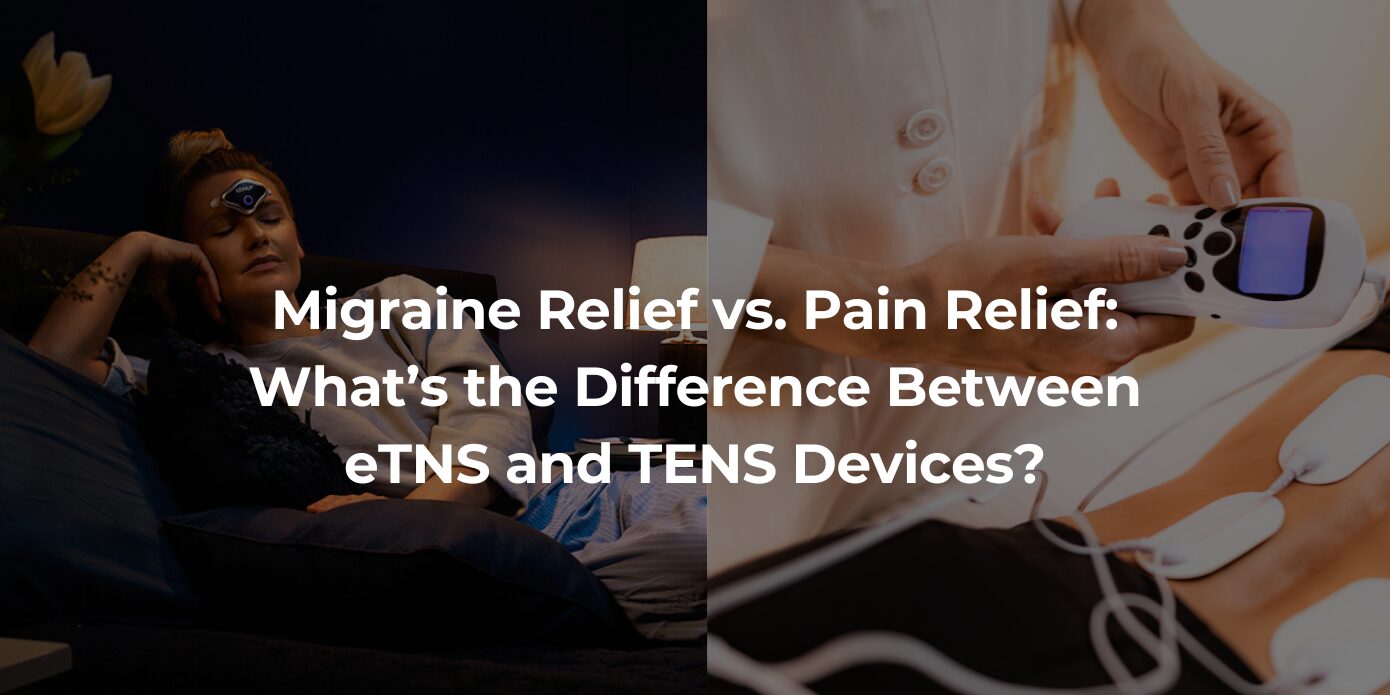A semester or session abroad can be the most exciting time of your college career. If you live with migraine, it can be a little scary, too.
- Who will take care of you if you get a really bad migraine attack?
- How will you communicate with doctors?
- What if you run out of your migraine medication?
Don’t let your fears hold you back! You deserve to enjoy your study-abroad adventure. Save this guide for managing migraine while traveling overseas.
Migraine management tips before your study-abroad trip
Stock your migraine toolkit. While you can probably find some essentials in local pharmacies at your destination, it’s best to pack all the migraine remedies you usually rely on. Having a fully stocked migraine toolkit can help manage your stress, too, because you know you’re prepared for anything.

Set an appointment with your headache specialist or primary care doctor. Tell your healthcare provider about your upcoming trip and any concerns you have, such as developing medication overuse headache if your migraine attacks get worse while you’re abroad. Your doctor may prescribe preventative migraine therapy, such as medication or Botox injections. If your acute medication (such as triptans) is limited in quantity, ask your doctor (and insurance provider, too) how you can get more to bring on your study-abroad trip.
Get a doctor’s letter and copies of all prescriptions. Refilling prescriptions overseas isn’t easy (more on that in a moment). It makes it easier to get the care you need if you have documentation of your migraine and any other medical conditions. Make sure your program director gets copies of your medical documents as well.
Research any medication restrictions in your study-abroad country. Most migraine medications should be OK to travel with, but you don’t want to leave it to chance. If you’re studying in Japan, for instance, you should know that there are very strict laws about prescription medications. Also, if you need to bring more than a month of prescription meds, you’ll need to apply for a Yakkan Shoumei (a special import certificate). Your program director will know the details.
Practice expressing your medical needs in the language of your destination. In Italian, it’s emicrania. In German, it’s Migräne. And in Portuguese, it’s enxaqueca. Before you leave for your study abroad trip, learn how to say a few essential things about your migraine needs. Key statements could be things like, “I’m sorry, I can’t eat that, it causes a bad migraine headache” or “I’m having a migraine attack, is there a place where I can lie down?”
Get international medical insurance or travel insurance. Be aware that your U.S. health insurance typically won’t be accepted overseas. Chances are, your study abroad program requires you to carry some kind of travel insurance or international health insurance. (Even if it’s not required, you definitely need an overseas insurance plan if you live with migraine!) Take some time to read through your plan documents. Often, travel insurance includes an assistance hotline you can call if you need help finding a medical specialist, refilling a prescription, or getting emergency care.
Start using CEFALY’s neuromodulation therapy device for migraine relief and prevention. Why is CEFALY great for migraine management while traveling?
- You don’t need a prescription.
- You can safely use it alongside migraine medications and other treatments.
- The PREVENT mode has been shown in one study to reduce migraine days by 30%, on average, following three months of daily use.
- CEFALY is compact and easy to travel with. Just make sure you pack extra electrodes.
Migraine management tips during your study-abroad trip
Stick to a routine. Keeping a strict schedule can help a lot with migraine prevention. That means the same mealtimes, same bedtime, same amount of caffeine, etc., every single day. There will definitely be an adjustment period! If you’re studying in Madrid, for instance, no one eats dinner at 7 p.m. Your new routine will be an early breakfast, a snack at noon, a big lunch between 2 and 4 p.m., another snack and dinner around 9 p.m.
Don’t forget migraine preventative treatments. Daily, 20-minute neuromodulation treatments with CEFALY can make a huge difference in migraine frequency. Commit to making CEFALY part of your bedtime routine.
Find a migraine ally in your study-abroad group. This can take time! As you get to know the other students, identify one or two who could become part of your migraine support network. You’re not looking for a caretaker, but rather someone empathetic who will be there when you need a friend. “My roommate was amazing in my sophomore year and would read me my notes occasionally in a very soothing voice and I would try my best to repeat what she said. It was good for recall and I didn’t have to read,” says one college student with migraine.
Talk to your professors. Unlike in the United States, colleges overseas may not offer formal accommodations for students with disabilities (such as migraine). But it can be worthwhile having a conversation with your professor to let them know how migraine may affect your ability to study and take tests. Ask your program director for guidance.
How to refill prescription migraine medication while traveling overseas
Refilling a prescription outside the U.S. is a challenge, because pharmacies overseas typically only accept a prescription written in that country. If you need to refill your migraine medication, you’ll have to make an appointment with a local healthcare provider. Find someone who speaks English, if possible (your travel insurance or program director can help with this.) Bring your U.S. prescription and doctor’s letter. Then, take the prescription to a local pharmacy.
When prescription migraine medication isn’t available — or if you just want to avoid the bad side effects of medication — CEFALY provides powerful migraine symptom relief and prevention. Did you know you can try CEFALY in your home for 90 days risk-free? Experience the life-changing results of neuromodulation therapy for migraine. Order CEFALY today.













